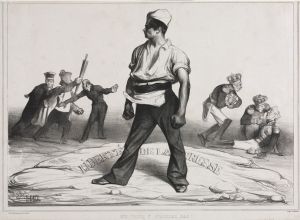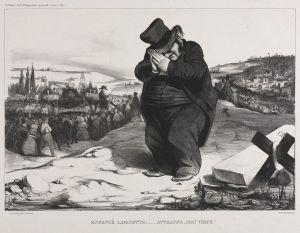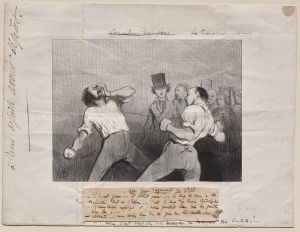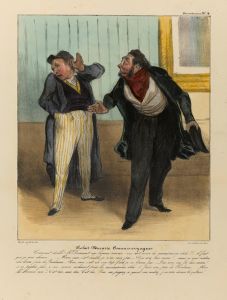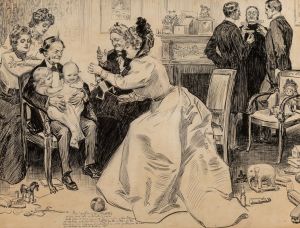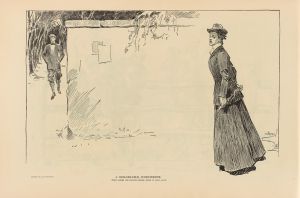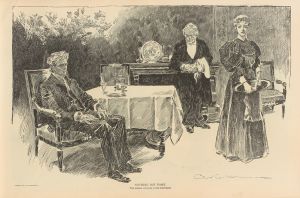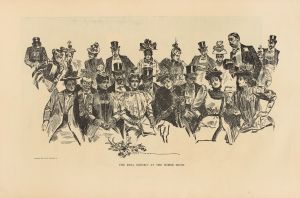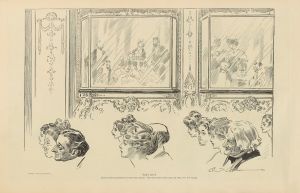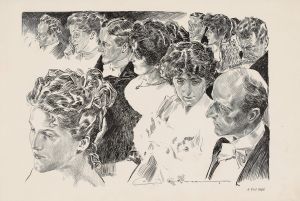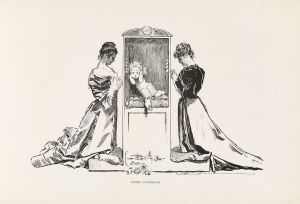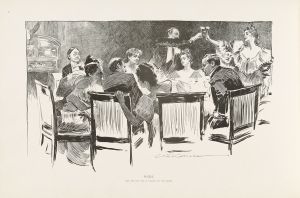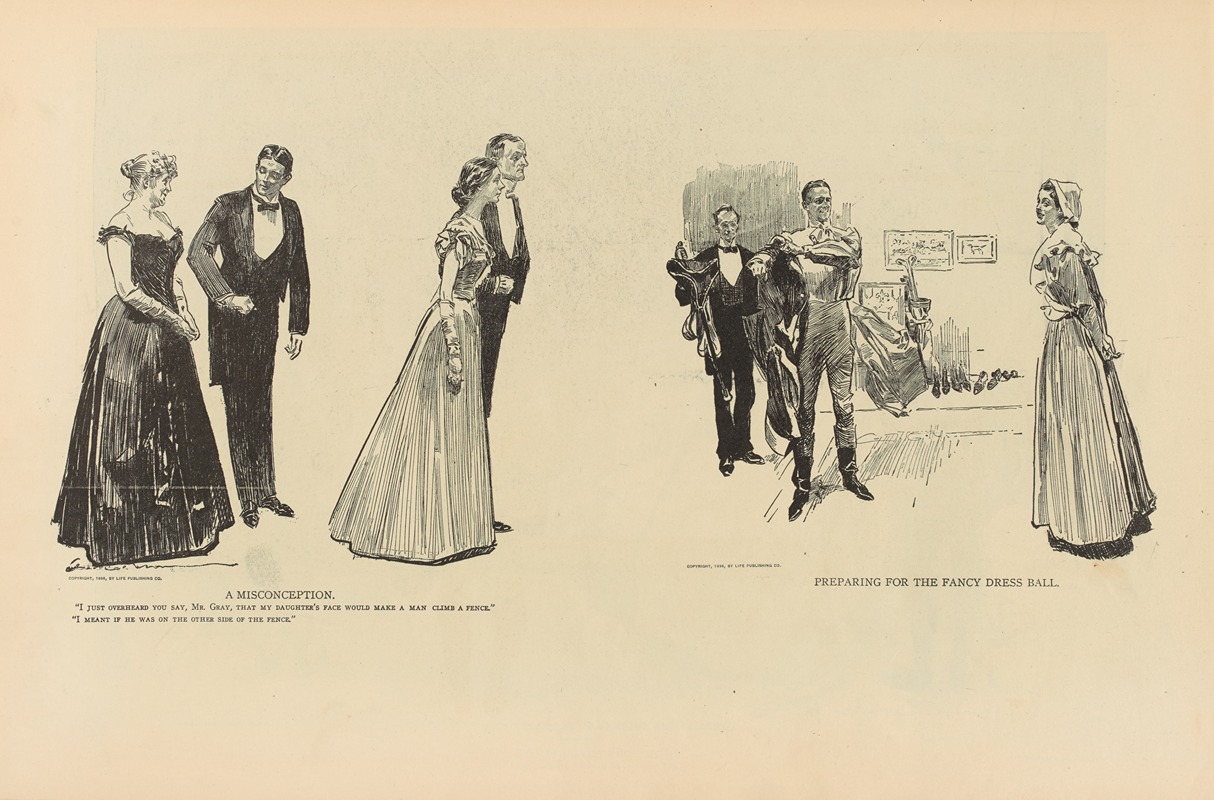
A misconception
A hand-painted replica of Charles Dana Gibson’s masterpiece A misconception, meticulously crafted by professional artists to capture the true essence of the original. Each piece is created with museum-quality canvas and rare mineral pigments, carefully painted by experienced artists with delicate brushstrokes and rich, layered colors to perfectly recreate the texture of the original artwork. Unlike machine-printed reproductions, this hand-painted version brings the painting to life, infused with the artist’s emotions and skill in every stroke. Whether for personal collection or home decoration, it instantly elevates the artistic atmosphere of any space.
Charles Dana Gibson was an influential American illustrator, best known for creating the iconic "Gibson Girl," a representation of the idealized American woman at the turn of the 20th century. One of his lesser-known works is "A Misconception," which, like many of his illustrations, captures the social nuances and cultural attitudes of his time.
"A Misconception" is a black-and-white illustration that reflects Gibson's keen observation of social dynamics and gender roles. The artwork typically features a scene with multiple characters, often highlighting a humorous or ironic situation. Gibson's illustrations were known for their detailed line work and expressive characters, which conveyed a narrative without the need for accompanying text.
The context of "A Misconception" is rooted in the societal norms and expectations of the late 19th and early 20th centuries. During this period, there was a significant focus on the roles of men and women in society, with distinct expectations for behavior and appearance. Gibson's work often played with these themes, using satire and humor to comment on the absurdities and contradictions inherent in these social constructs.
Gibson's illustrations were widely published in magazines such as Life, Harper's Weekly, and Scribner's, reaching a broad audience and influencing public perception. His work was not only a reflection of contemporary society but also a commentary on it, often challenging viewers to reconsider their assumptions and beliefs.
In "A Misconception," as in many of his works, Gibson uses visual storytelling to explore themes of misunderstanding and miscommunication between genders. The characters in his illustrations are typically well-dressed and situated in elegant settings, emphasizing the societal emphasis on appearance and propriety. The humor in his work often arises from the contrast between the characters' outward appearances and their inner thoughts or intentions, which are suggested through their expressions and body language.
Gibson's ability to capture the subtleties of human interaction made his work resonate with audiences of his time and continues to be appreciated for its artistic merit and social insight. His illustrations provide a window into the cultural landscape of the early 20th century, offering a blend of artistry and social critique.
While "A Misconception" may not be as widely recognized as the "Gibson Girl," it remains an example of Gibson's skill in using art to reflect and critique societal norms. His work continues to be studied and appreciated for its contribution to American illustration and its commentary on the social issues of his era.





